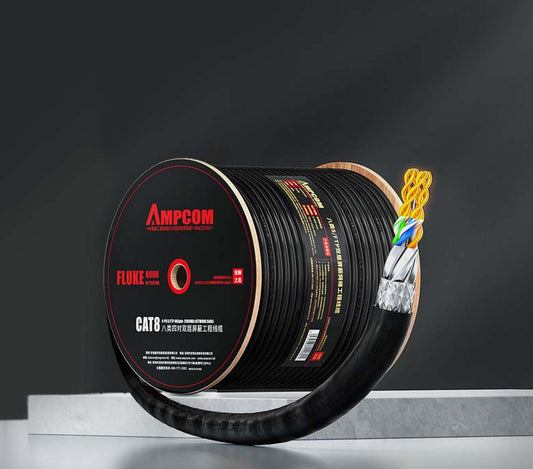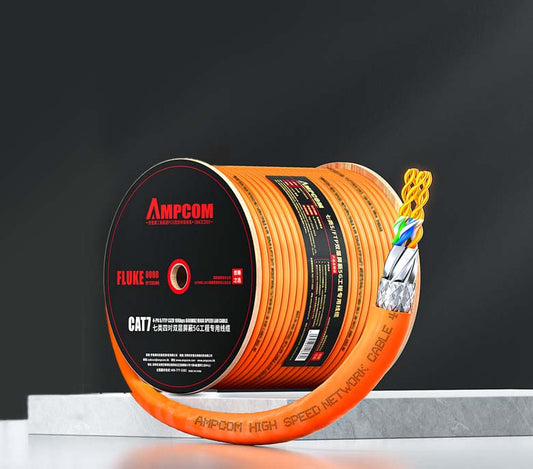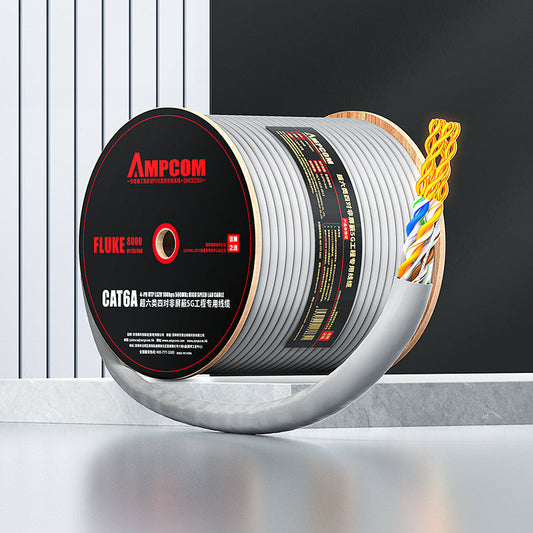Original vs Compatible Optical Transceivers: Are They Really That Different?
If you have ever been in charge of sourcing networking equipment, you’ve probably faced the question: do we buy the expensive original optical transceivers from the switch vendor, or do we take a chance on compatible ones from a third-party supplier? At first glance, the safe answer feels like sticking to the original, since it’s branded, officially supported, and usually promoted as the “only guaranteed” option. But when you look closer, the conversation isn’t that black and white. Engineers and IT managers around the world are quietly running thousands of networks with compatible modules every day, and most of them will tell you the same thing: the differences are not always as dramatic as the price tags suggest.
Original optical transceivers are built or labeled by vendors like Cisco, Juniper, or Arista. They’re tested to integrate seamlessly with the vendor’s switches and routers, and they come with that peace of mind—if something goes wrong, support won’t point fingers. The flip side, of course, is the price. It’s no secret that the markup can be several times higher than a compatible equivalent. This cost might be manageable if you’re buying a few units, but in large-scale deployments, such as upgrading a data center or expanding a campus network, the budget impact is hard to ignore. That’s where compatible modules come into the picture.
A compatible SFP module or QSFP transceiver is essentially engineered to meet the same standards as the original, but programmed to communicate correctly with the target vendor’s hardware. Reputable third-party manufacturers follow strict MSA (Multi-Source Agreement) specifications, which means the optics, lasers, and connectors inside are not fundamentally different. In fact, many OEMs source components from the same factories. The big question then becomes: is the risk of using compatible transceivers more about perception than performance?
In practice, engineers often find that compatible transceivers perform just as well for everyday enterprise and service provider needs. They deliver stable throughput, low error rates, and consistent uptime, provided you’re working with a trusted vendor. The concerns about firmware blocks or error messages are real but often overstated. Yes, some switch vendors have added coding checks that can flag non-original modules, but most high-quality compatibles are carefully programmed to avoid those compatibility pitfalls. This is why many IT managers are confident enough to standardize on compatibles for everything from backbone links to server aggregation.
The debate then shifts from performance to risk tolerance. For mission-critical networks—think financial trading floors or national carrier backbones—decision makers may prefer the official label, because any downtime is too costly to justify even the perception of risk. But for the majority of enterprises and data centers, the calculus is different. Cutting module costs by 50–70% without losing real performance can mean freeing up budget for higher priorities like security tools, extra bandwidth, or cloud migration. In these environments, a compatible optical transceiver isn’t a compromise; it’s a smart financial decision that doesn’t shortchange technical reliability.
Another overlooked angle is the support ecosystem. Third-party suppliers specializing in optical modules often provide fast shipping, flexible warranty terms, and even pre-sales consulting to help match the right module to the right environment. While you may not get the “official” TAC support from Cisco or Juniper when running compatibles, you do get responsive vendor backing that understands both compatibility and customer expectations. For many IT teams, that’s a fair trade-off, especially when deadlines are tight and budgets are under pressure.
Ultimately, the gap between original and compatible optical transceivers is not as much about technology as it is about perception, procurement policy, and cost sensitivity. The hardware fundamentals are far closer than most realize, and the choice usually comes down to how much value you place on the brand name stamped on the label. For engineers and purchasing managers willing to think pragmatically, compatible solutions can unlock flexibility without sacrificing quality. The key, as always, is to partner with a supplier you can trust. With the right choice, a 10G transceiver from a reliable third party might just outperform your expectations—and save your project budget at the same time.



